Facts
- Manufacturer: Commodore
- Product family: Amiga
- Type: Video game console
- Generation: Fifth generation era
- Release date: EU: September 17, 1993
- Discontinued: April 1994 (Commodore defunct)
- Units sold: ~100,000 in Europe (unknown total)
- OS: AmigaOS 3.1
- CPU: Motorola 68EC020 @ ~14 MHz
- Memory: 2 MB RAM
- Media: CD-ROM
- Storage: 1 KB EEPROM
- Display: RF modulator, composite, S-Video
- Sound: 4 × 8-bit PCM channels stereo
- Controller: Gamepad, mouse, joystick
- Backward compatibility: Commodore CDTV
- Predecessor: Commodore CDTV
- Expansion: slot for MPEG decoder or 3rd.party expansions such as SX-1 and SX32
- Chipset: AGA and Akiko chip
- Video: 24-bit (16.8 million colors), 262 144 on-screen colors in HAM-8 mode
Released 1993: The Amiga CD32, code-named “Spellbound”, is the first 32-bit home video game console released in western Europe, Australia, Canada and Brazil. It was first announced at the Science Museum in London on July 16, 1993, and was released in September of the same year. The CD32 uses CD-ROM media and is based on the Amiga computers Advanced Graphics Architecture chipset “AGA”, and is of similar specification to the Amiga 1200 computer. It’s also backward compatible with the Commodore Amiga CDTV that had similar specifications to the Amiga 500 and was released in 1991.
Using third party devices, it is possible to upgrade the CD32 with keyboard, floppy drive, hard drive, RAM and mouse, turning it into the equivalent of an Amiga 1200 personal computer. A hardware MPEG decoder module for playing Video CD was an official upgrade from Commodore.
In the Christmas period following its launch in 1993, the CD32 accounted for 38% of all CD-ROM drive sales in the UK, exceeding sales of the Mega-CD; however, it was soon overshadowed by CD-ROM based games consoles from other companies, and was discontinued as Commodore went into bankruptcy shortly after.
My Amiga CD32
I took a small risk, and bought a “dead” unit with some games and controllers. It turned out to be a dead power supply, exactly what I hoped for. I found a suitable power supply in the electrical waste disposable at my job place and soldered the original connector onto the new power supply. It now worked fine. Later I got my hand of an original power supply as well.
Even it had no issues, I brought it to (retroservice.no), and got all the electrolytic capacitors replaced “recap”. The main board uses SMD (Surface Mound Devices) capacitors, and these are known to leak and make problems due to age, particular in the Amiga CD32.
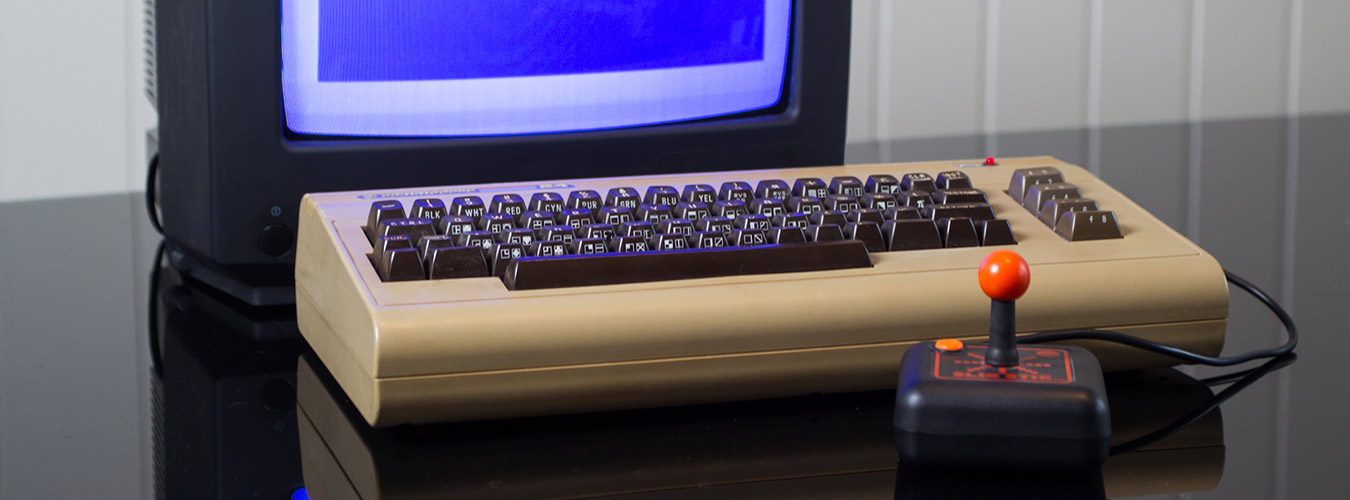
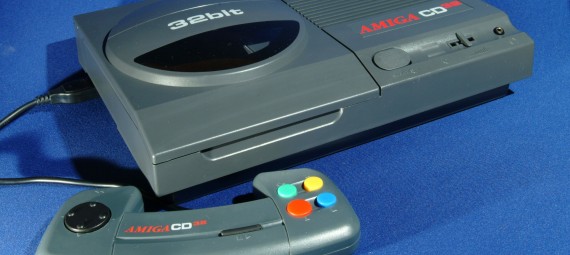
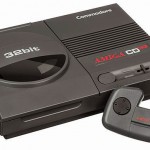
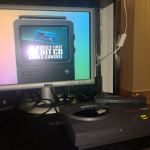
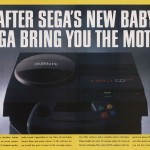
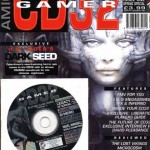
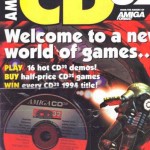
One thought on “Amiga CD32”